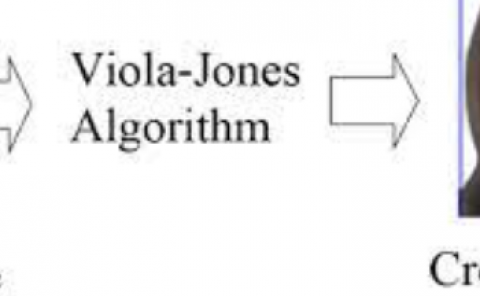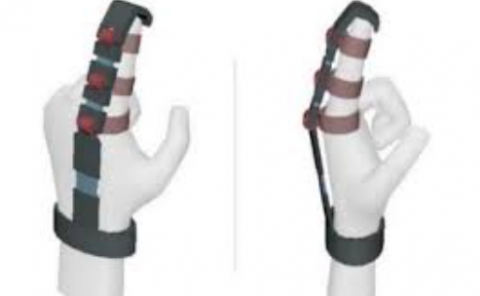Computationally Efficient Spatial Rendering of Late Reverberation in Virtual Acoustic Environments
PubDate: November 2021
Teams: Carl von Ossietzky Universität
Writers: Christoph Kirsch; Josef Poppitz; Torben Wendt; Steven van de Par; Stephan D. Ewert
PDF: Computationally Efficient Spatial Rendering of Late Reverberation in Virtual Acoustic Environments

Abstract
For 6-DOF (degrees of freedom) interactive virtual acoustic environments (VAEs), the spatial rendering of diffuse late reverberation in addition to early (specular) reflections is important. In the interest of computational efficiency, the acoustic simulation of the late reverberation can be simplified by using a limited number of spatially distributed virtual reverb sources (VRS) each radiating incoherent signals. A sufficient number of VRS is required to approximate spatially anisotropic late reverberation, e.g., in a room with inhomogeneous distribution of absorption at the boundaries. Here, a highly efficient and perceptually plausible method to generate and spatially render late reverberation is suggested, extending the room acoustics simulator RAZR [Wendt et al., J. Audio Eng. Soc., 62, 11 (2014)]. The room dimensions and frequency-dependent absorption coefficients at the wall boundaries are used to determine the parameters of a physically-based feedback delay network (FDN) to generate the incoherent VRS signals. The VRS are spatially distributed around the listener with weighting factors representing the spatially subsampled distribution of absorption coefficients on the wall boundaries. The minimum number of VRS required to be perceptually distinguishable from the maximum (reference) number of 96 VRS was assessed in a listening test conducted with a spherical loudspeaker array within an anechoic room. For the resulting low numbers of VRS suited for spatial rendering, physically-based parameter choices for the FDN are discussed.


